-
What is a harmful algal bloom?
Algae are a beneficial part of natural environments and only a few are harmful. Harmful algal blooms (HABs) can occur in fresh, marine (salt), and brackish (a mixture of fresh and salt) water bodies around the world. They are caused by diverse organisms, including toxic and noxious phytoplankton, cyanobacteria, benthic algae, and macroalgae. Some HABs produce toxins that have harmful effects on people, fish, marine mammals, and birds. The toxins produced by algae vary by species and region, and impact organisms in different ways. HAB species and their impacts vary significantly from region to region. Information on the health effects of HABs on marine animals, shellfish, and people is available from NOAA, the Woods Hole Oceanographic Institution, and the Centers for Disease Control and Prevention.
-
What is the difference between a marine and freshwater HAB?
Algae are the bottom of the food chain in all natural environments. Only a few are harmful. HABs can occur in fresh, marine (salt), and brackish (a mixture of fresh and salt) water bodies around the world. They are caused by diverse organisms, including toxic and noxious phytoplankton, cyanobacteria, benthic algae, and macroalgae.
Cyanobacteria, a type of photosynthetic bacteria also known as blue-green algae, are often the cause of algal blooms in freshwater and occasionally in marine water. As the name implies, they often (but not always) discolor the water bright green or blue green and form scum. A combination of environmental factors such as the presence of nutrients, warm temperatures, and lots of light encourage the natural increase in the numbers of cyanobacteria. Cyanobacteria HABs produce multiple toxins, including liver, nerve, and skin toxins, which can affect human and animal health. The most common cyanobacterial HAB toxins in the U.S. are microcystins, a group of liver toxins that can cause gastrointestinal illness in humans, and mortality in pets, livestock, and wildlife.
Alternatively, dinoflagellates and diatoms, different types of phytoplankton, are the most common HAB species in marine and brackish waters, including estuaries. Some of these blooms discolor the water different shades of red and brown and a few are bioluminescent. While the causes of individual marine HAB events have been shown to vary across years and locations, nutrient inputs may help sustain an event once the bloom reaches the shoreline. Some dinoflagellate species produce cysts, which are dormant “seeds” that are created during a bloom and are capable of living through harsh conditions. When favorable conditions resume, the cysts rupture, germinate, and populate the water column with a new generation of photosynthetically active cells primed for another bloom. Marine HABs produce toxins that may result in neurotoxic shellfish poisoning, amnesic shellfish poisoning,, diarrhetic shellfish poisoning, ciguatera poisoning in fish, respiratory irritation in humans, or shellfish contamination. Some marine HABs also affect the central nervous system of fish, marine mammals, and birds.
In both marine and freshwater environments, there are also HABs that do not directly affect humans but can kill fish, shellfish, and invertebrates or cause other ecosystem impacts such as shading submerged aquatic vegetation, smothering corals, or causing oxygen in the water to be depleted. For example, fish kills in freshwater may be caused by golden algae and brown tides, which result in many ecosystem impacts in estuaries.
-
Is the HAB in my state the same as in Florida?
The varieties of HABs, the toxins they produce, and the impacts they cause vary significantly from region to region. HABs are a multi-faceted threat with different environmental factors leading to the prevalence of different algal species, as well as the presence or absence of toxins. These factors include physical and biological conditions that influence HAB growth and persistence, including sunlight, water temperature, nutrients, and salinity, as well as the speed and direction of wind and water currents. Learn more about specific HABs and available resources where you live from our regional HAB pages.
-
How does NOAA forecast harmful algal blooms?
NOAA's Harmful Algal Bloom Monitoring System provides products for the Gulf of Maine, Lake Erie, and in Florida, Louisiana, and North Carolina. These monitoring products identify the location and extent of the bloom and rely on satellite imagery, field observations, models, public health reports, and buoy data to provide information on bloom events.
Additionally, NOAA’s Harmful Algal Bloom Operational Forecast System bulletins and condition reports are available for the Gulf of Mexico and Lake Erie. The HAB forecasts and bulletins alert coastal managers to blooms before they result in serious damage and identify the risk of respiratory irritation in a county over the coming days. Short-term (once or twice weekly) forecasts identify which blooms are potentially harmful, where they are, how big they are, and where they're likely headed. Longer-term, seasonal forecasts predict the severity of HABs for the bloom season in a particular region. The bulletins provide decision-makers with a more in-depth analysis of the current bloom location and reported impacts, as well as forecasts of potential development, intensification, transport, and associated impacts of blooms.
NOAA is funding researchers and local agencies in other regions of the U.S. to develop new forecasting and monitoring systems, including the Gulf of Maine, the central and southern California coast, and the Pacific Northwest.
-
What areas are prone to harmful algal blooms?
HABs occur in all U.S. waters. According to the Harmful Algal Bloom and Hypoxia Research and Control Act, NOAA has purview over HABs in marine environments, whereas the Environmental Protection Agency is focused on freshwater HABs that occur in all U.S. states. NOAA and EPA share authority over the Great Lakes with regards to HABs. Visit the NOAA Ecological Forecasting page to see ecological forecasting "hotspots" in marine/coastal environments or the Great Lakes, or select a region at the top of this page to learn more about region-specific resources.
-
How long does a HAB event last?
The duration of a HAB event depends on a number of factors and is not possible to predict in advance. For example, red tides in Florida can last as little as a few weeks to longer than a year. They may even subside and then reoccur. The duration of a bloom depends on physical and biological conditions that influence its growth and persistence, including sunlight, water temperature, nutrients, and salinity, as well as the speed and direction of wind and water currents.
-
Can a HAB be stopped?
HABs can’t be stopped but control methods are currently being investigated. In the early 2000s, NOAA funded studies to test the use of clays to control red tides. Since that time, different types of clays have been developed that have fewer environmental effects and are in the initial phases of testing. This method involves a modified clay mineral that, when dispersed into the ocean surface, binds with red tide cells and the toxins they produce and carries them to the seafloor where they are eventually buried.
Additionally, many other control methods are being tested. For example, engineers at Nano Air Bubble Aeration System Technology are researching an environmentally sustainable method to eliminate harmful freshwater algae and their toxins. The method uses nanobubbles — bubbles smaller than the width of a single human hair — to aerate water bodies and create ozone that helps dissolve harmful algae.
Another instance is the examination of a chemical control agent isolated from a bacteria species that may provide a mechanism for halting the growth of certain types of toxic dinoflagellate harmful algal blooms while having no negative impacts on other organisms.
-
How do you find out if it is safe to go to the beach or harvest shellfish during a HAB?
Some beach areas may be more affected than others during a HAB event. Check local health departments and local governmental websites for the latest information about HAB events and safety. If you have a chronic respiratory condition, avoid beaches during HAB events.
-
What do you do if you see injured, sick, stranded, or dead wildlife?
Do not touch or try to rescue any animal that appears to be impacted by HABs. Reporting sick, injured, entangled, stranded, or dead animal is the best way to make sure professional responders and scientists know about it and can take appropriate action. Numerous organizations around the country are trained and ready to respond. If you see a sick, injured, stranded, or dead marine mammal or sea turtle, immediately contact your local stranding network. Visit the NOAA Fisheries website and follow the instructions. You can also use Fisheries’ Dolphin and Whale 911 app for Apple devices to report a stranded marine mammal.
-
How can harmful algal blooms affect pets?
Because of their behavior, dogs are much more susceptible than humans to cyanobacterial poisoning, which is typically found in freshwater bodies and some estuaries. When toxins are present, dogs can be exposed to toxins by drinking the water, by eating washed up mats or scum of toxic cyanobacteria, and by having skin contact with water. Dogs are often attracted to algal scum odors. After leaving the water, dogs can also be poisoned by grooming their fur and paws. If your dog has been swimming in a lake or pond with a suspected or identified HAB, closely monitor your dog for any signs of cyanobacterial poisoning and be sure to rinse the dog with clean water. Signs of poisoning can occur within 30 minutes to a few hours after exposure, depending on the size of the dog, the type of toxin, the toxin concentration, and how much toxin the dog has ingested. In severe cases, dogs can show signs of cyanobacterial poisoning within a few minutes and can die within an hour of toxin exposure. NOAA's National Centers for Coastal Ocean Science provides additional information and resources for protecting your dog from HABs.
Although there is not a large body of data, there are reports of other HABs affecting dogs. As a precaution, do not allow dogs to swim in discolored water, roll in or eat algae piled on the beach, or run and play on beaches where humans are experiencing respiratory problems.
 An official website of the United States government.
An official website of the United States government.

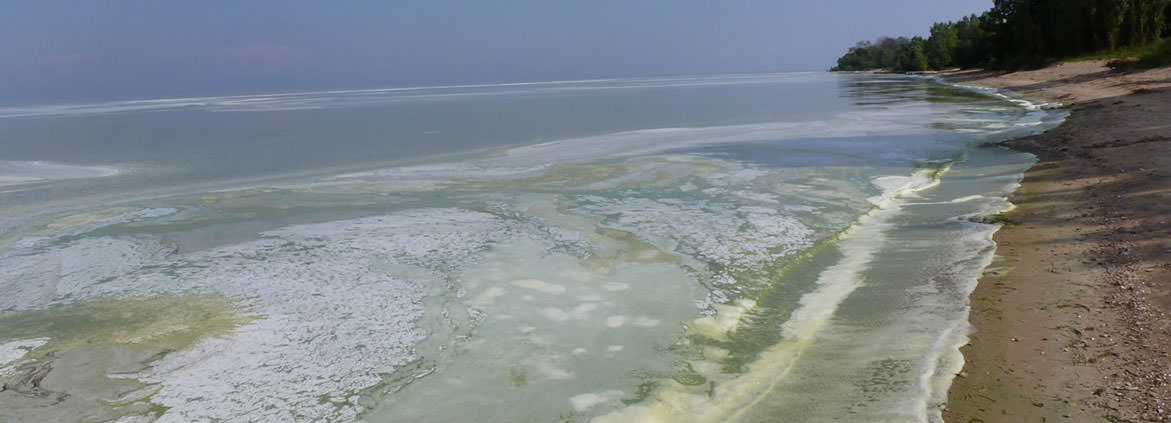
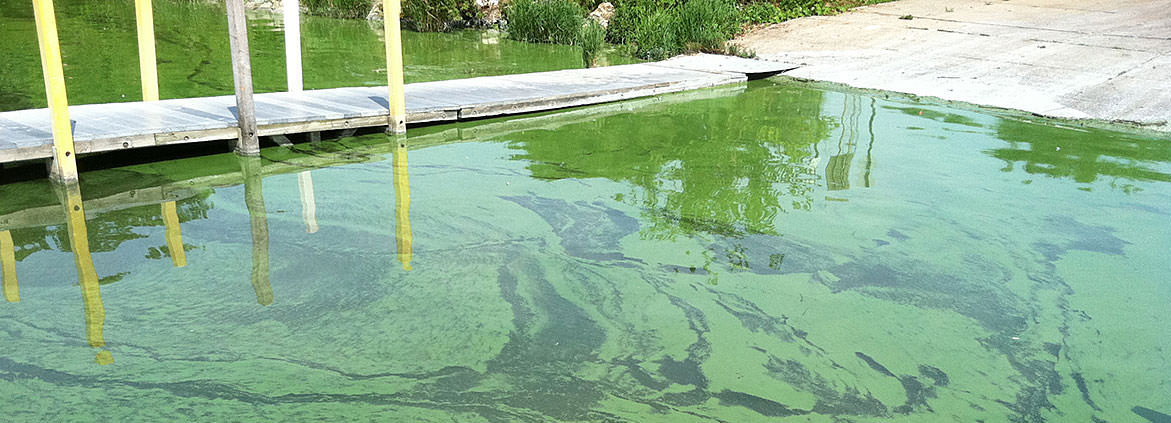
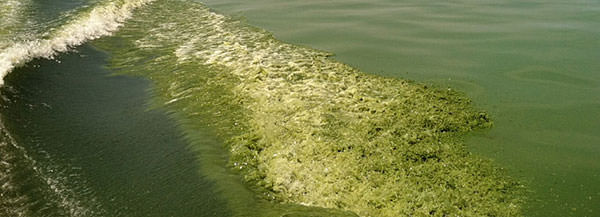
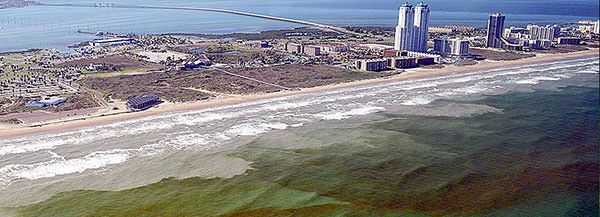
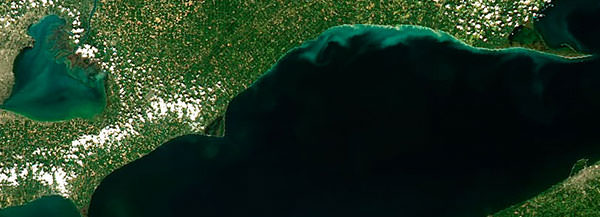

Social